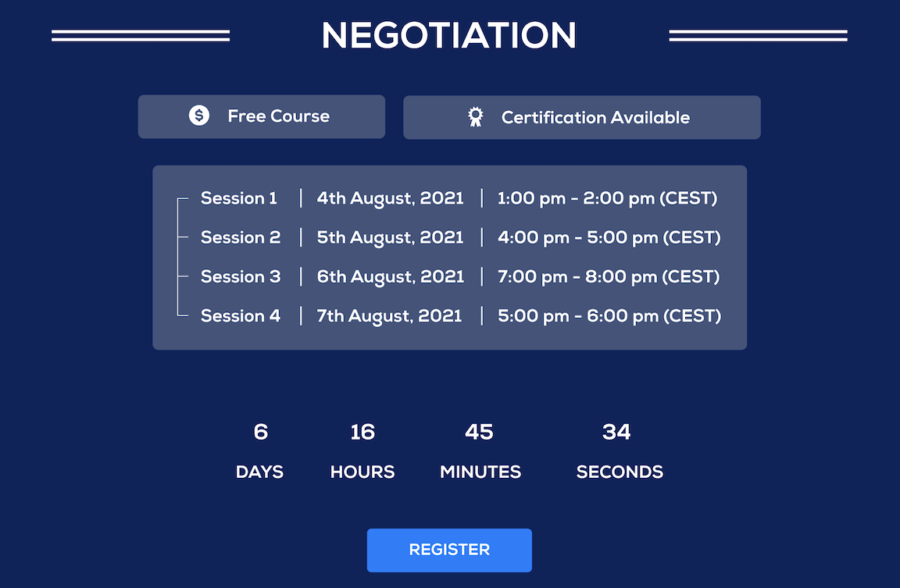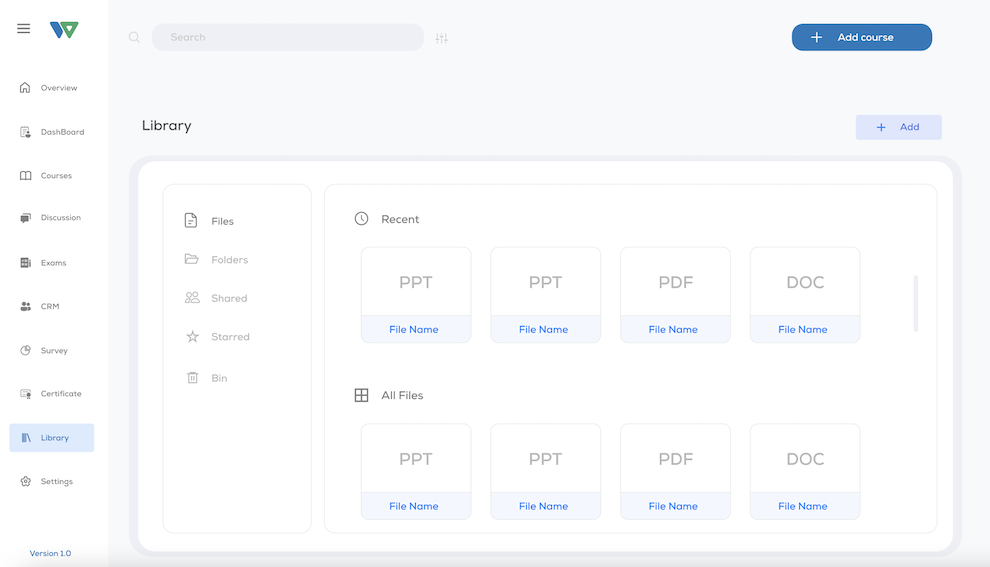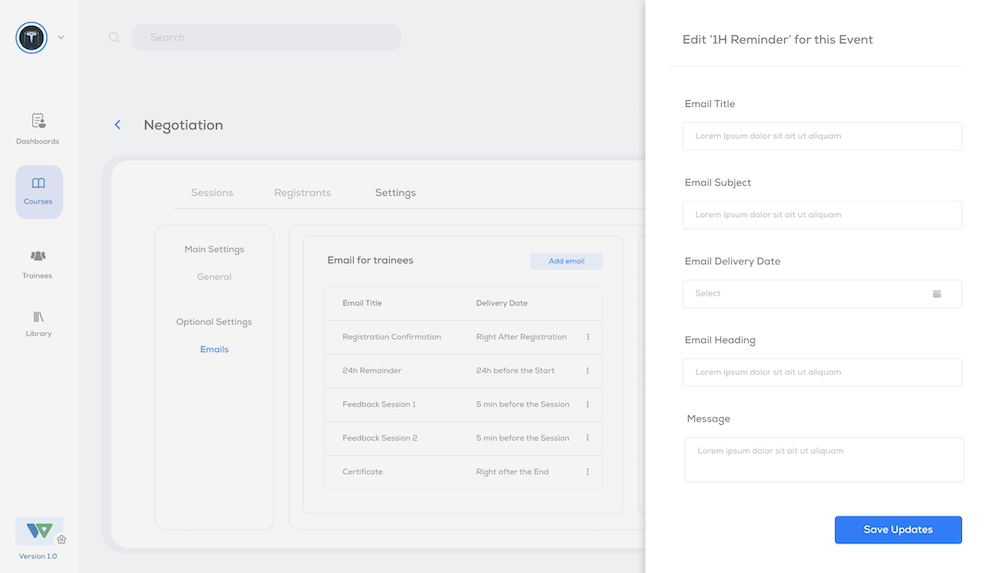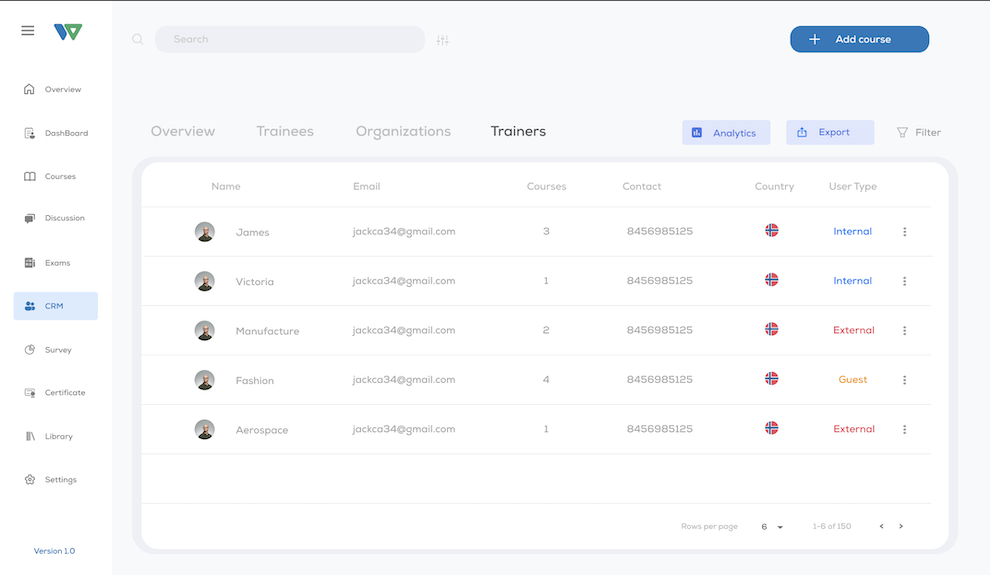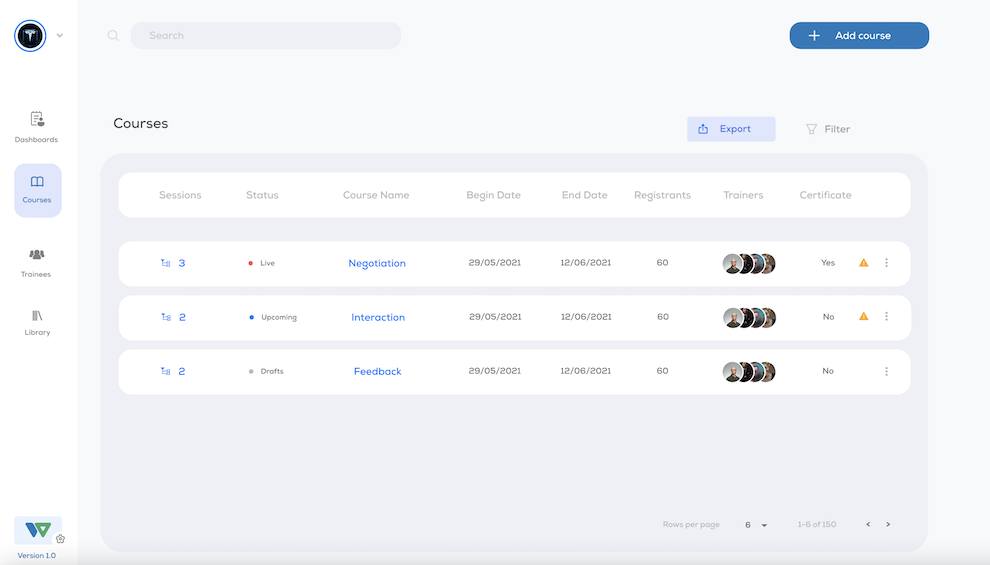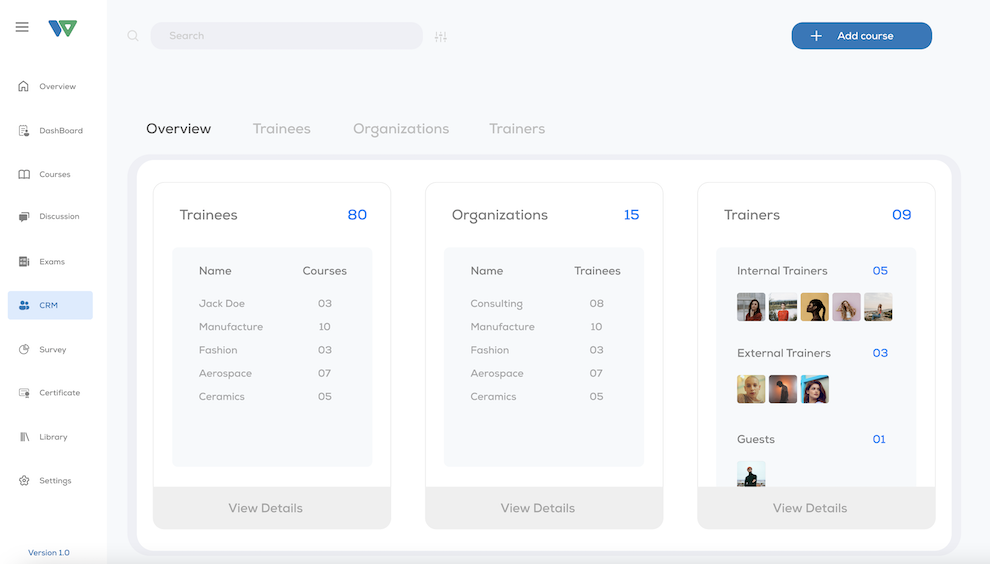LMS vs LXP: what are they, and which one is the best for your organization?
The debate LMS vs LXP is keeping the world of L&D technology busy. Since the first appearance of the acronym LXP (Learning Experience Platform) in the Learning & Development zeitgeist five years ago, businesses have have had a burning question: what is the difference between LMS and LXP and, even more, which one is the best?
Even though Learning Management Systems (LMSs) have always been the go-to, COVID-19 has highlighted some issues. Now, in our new normal, companies are discovering how important it is to keep their remote employees engaged, productive, and well-trained. And as companies are trying to find new ways to motivate their employees, learners have never been keener to develop their skills.
Let’s have a look at these platforms, find out their differences, and learn how these systems are typically used within organizations.
What is an LMS (Learning Management System)
The acronym LMS stands for Learning Management System, a system that Share Knowledge defines as “a software application that provides the framework that handles all aspects of the learning process – it’s where businesses house, deliver and track their training content”. LMSs thus focus on formal learning (such as compliance-based training), allowing companies to organize, manage, and deliver topics that are critical for employees to know according to their department, job function, etc,.
Though the specific features vary from system to system, an LMS generally allows companies to:
- create training content and import existing third-party resources when needed;
- provide employees with training through multiple learning methods, including e-learning, face-to-face sessions up, and blended learning;
- Manage administrative tasks such as registering users, monitoring learners’ progress, and evaluating performance.
An LMS helps L&D teams manage learning programs, select and assign content, and assess learners’ progress against competencies and standards compliance.
What is an LXP (Learning Experience Platform)
An LXP, as the name suggests, is a platform that places far more control in the learner’s hands, emphasizing social and collaborative learning. An LXP identifies and personalize opportunities for learners to upskill, reskill, and learn something new—generating content recommendations based on the user’s goals, experiences, preferences, and history. It doesn’t come as a surprise that these platforms use AI to collect data and create custom learning paths that help learners feel motivated and engaged.
LXPs focus on the overall learning experience, making the most out of social, informal, and collaborative learning. These platforms allow learners to create their content and share it across the platform, often in the format of short bits of knowledge to consume with ease.

LMS vs LXP
Before diving into the matter in full detail, here is a simple but easy way to understand the difference between LMS and LXP: a Learning Management System relies primarily on “push learning” (meaning that the content is delivered directly to the learner); on the contrary, a Learning Experience Platform focuses on “pull learning” (meaning that learners are enticed to engage and can choose their own leaning from an array of personalized content).
LMS vs LXP #1: Power of Choosing or Curating Content
Who is in control of the content? The answer to the question already sums up the major difference between LMS and LXP.
In an LMS, Learning & Development controls the content users can see and what they have to learn. A Learning Management System can thus easily be described as an enterprise tool that companies use to assign training opportunities and monitor and track progress. This system allows employees to sign up for the training they must or want to take, but LXPs do much more than that.
LXPs are like a Netflix or YouTube for education. They allow users choose what they want to consume (within a structure set by the organization) and making the users in charge of their learning, helping them with suggestions based on their or the business goals.
Using LXPs, learners can take control of content provisions, curate content for other users, create their own content, or even run their digital learning sessions. The liberty at the base of these platform is an incredible bonus, especially for those companies willing to encourage self-driven learning.
LXP vs LMS #2: types of learning
As we’ve stated earlier, a Learning Management System is more prescriptive and allows learners to take courses they’ve been assigned. The goal for the company, at least in general, is to help its employees “get up to scratch”.
On the contrary, when it comes to LXPs, the focus is on “expanding knowledge and prospects”; that is to say that the main goal is individual growth.
LXPs, especially working at an organizational scale, need powerful search functions, personalized recommendations, an intuitive interface, and a broad range of content types.
Compared to LMSs, LXPs are rich with micro-learning and thought-pieces meant to build skills organically.

LMS vs LXP #3: use of data
LMSs generally track data such as completed training programs, assessment scores, and drop-off rates, but they do so while leaving a lot of info behind.
The great thing about LXPs, as far as data usage is concerned, is that these platforms collect much more data to provide the most accurate and engaging learning path for learners.
The data LXPs can potentially use spans from the beginning to the end of the process, analysing internal and external information to help companies discover the skills they need. They can even examine how content is performing; optimizing employee engagement while highlighting which learners need what content.
LXP vs LMS #4: content and skills
As far as content goes, LMSs usually host longer (and mandatory) form content in a predetermined format to help companies monitor, track. and assess employees learning. LXPs host any type of content: from articles online to quizzes, from videos to webinars.
Focusing on mandatory compliance-based training, LMSs are not very interested in skills. A better option to track employees’ upskilling are LXPs, platforms that can use AI to pinpoint skills in real-time.
LMS vs LXP #5: social learning
Through time, learning platforms have changed. Nowadays, it’s not uncommon to find LMSs with social features, but LXPs have social learning in their DNA.
They allow users to set up an online class or webinar quickly and easily, while letting learners share their opinion on content by liking, sharing, commenting, and interacting with one another.
Which one is the best for your organization
When it comes to choosing between Learning Management Systems and Learning Experience Platforms, one thing is for certain: there is no right or wrong.
Companies have different needs, and this is why organizations need to think about their learning requirements and their company culture first. Some businesses, for instance, might prefer the record-keeping capabilities of LMS over LXP, while others might prefer the freedom of an LXP instead of the script and structured compliance you get from LMSs.
To tell the truth, though, it might be that not choosing at all is the best option at hand. Yes, the truth is that one system does not necessarily replace the other, and, even more, some platforms integrate both LXP and LMS capabilities.
Is the future of the learning platform moving toward a hybrid that will truly combine all the features of LMSs and LXPs in one solution? Here at Wyblo, we think it is most likely.


